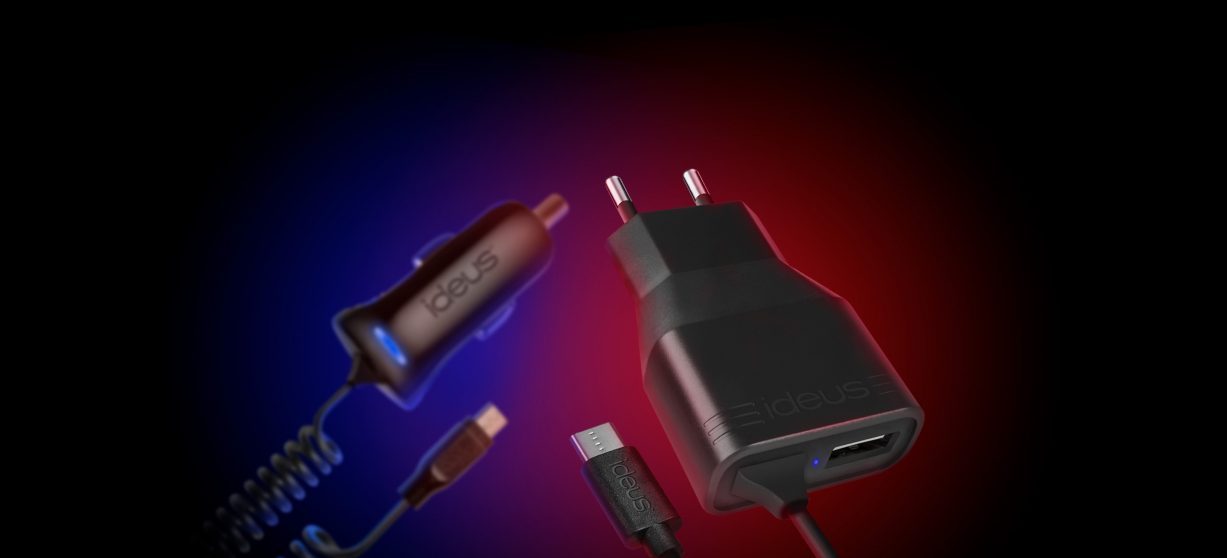How to choose a charger for your mobile phone
A mobile phone charger for your car or home may seem easy to buy, but it is best to make sure it complies with certain minimum requirements to avoid surprises when it is in full use.
A good mobile phone charger must meet a series of characteristics so that it not only charges the device without problem but also it does not cause any damage. The main difference between a good charger and a poor charger is that a good one complies with the promised specifications, has good filtering and protection.
The most important characteristics of a charger are listed below:
1. Charging speed –high power–.
The amperage is what determines whether one charger charges more quickly than another. A charger’s amperage is a key factor, as it affects the charging time. The higher the amperage, the faster the device will charge, provided it is compatible. To sum up:
- The higher the output current, the faster the phone will charge.
- You may use a charger which provides a higher output current than that of the mobile input, as this is automatically adjusted and it is not possible to burn the device due to excess current.
- So, the higher the amperage, the faster the charging speed.
Therefore, a high power charger allows devices that accept this power level to charge more quickly. And devices which do not operate at this power level just charge at their normal speed.
Where does the problem lie?
The problem is mainly due to the fact that the earlier chargers have a lower charging power, i.e., at 5 V the output current delivered is less than 1 A. Although it is true that there is no problem with a smartphone (many mobile phones continue to charge at 1 A), if you are planning to charge a device with a higher capacity such as a tablet, iPad or external battery, the charging time may be too long with 1 A.
2. Number of charger outputs
One notable feature offered is a charger with multiple output ports. This is an added bonus when charging several devices at the same time. However, the charger must have a high power to achieve simultaneous fast charging.
Let’s take a look at an example. If we have a charger with two 3.4 A outputs as in the Ideus model CF2USB34DLMICBK, we are talking about three times the current of a standard smartphone charger, meaning a much higher charging speed. This type of charger is also designed to offer maximum performance in tablets, or even cameras and other similar devices. If charging two devices at the same time, the amperage is divided between the two.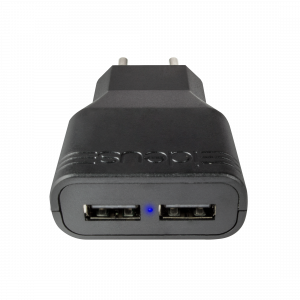
3. Chargers with constant charging voltages
A generic phone charger without a guarantee may turn out to be very unstable, that is, it does not guarantee a constant flow of energy to the battery. It is not possible to eliminate the peaks and fluctuations in voltage, which are transferred to the device. This definitely reduces the useful life of the battery and may even damage the mobile phone in the short- or medium-term.
Can a charger burn out your mobile phone?
Mobile phone chargers are essentially nothing more than current transformers. On the whole, the household voltage is around 220 Volts, a value which would be able to fry a phone in a question of seconds. The mobile phone charger converts this voltage to 5 V, a figure which is suitable for charging our phones.
However, not all chargers are able to supply current in a stable manner.
The Ideus range of chargers guarantees constant charging voltages in silence. This is achieved thanks to good insulation from interference, voltage surges and noise. They also have the triple quality guarantee.
4. Smart charger
A smart output that adapts to the needs of the device to be charged, that is, it always charges at the maximum possible speed. With this type of charger, the user does not have to worry about which charger port to use to charge their device more quickly. The port is smart and identifies the device connected, and supplies the necessary current up to the maximum permitted current.
This is because a charger does not supply a fixed amount of current, but only sends what the telephone asks for. An example is given below: That a charger can transfer 2000 mA means that this is the maximum capacity that can be transferred. If a mobile phone requires 1000 mA, this is the current that passes through the charger, whereas if the phone requires 3000 mA, only 2000 is transferred, without risk to either the telephone or the charger.
5. Chargers which include standard connectors
Until the connector in all devices has been fully standardized, it will be possible to find chargers with all sorts of connectors on the market. Nowadays, the most used are the Micro USB connectors. The difference lies in whether or not the cable connector is reversible, i.e., whether they are designed to be connected in both positions. Adding extra value to the chargers.
As time goes by, everything points to the USB-C connector as the most likely to be used with all devices, instead of using the Lightning cable or the Micro USB or the Mini USB, thanks to the support of the major manufacturers.
Check which connector your smartphone has before purchasing a charger. The Ideus range of chargers comes with both connectors, and with the connectors compatible with Apple, for all models of mobile phone.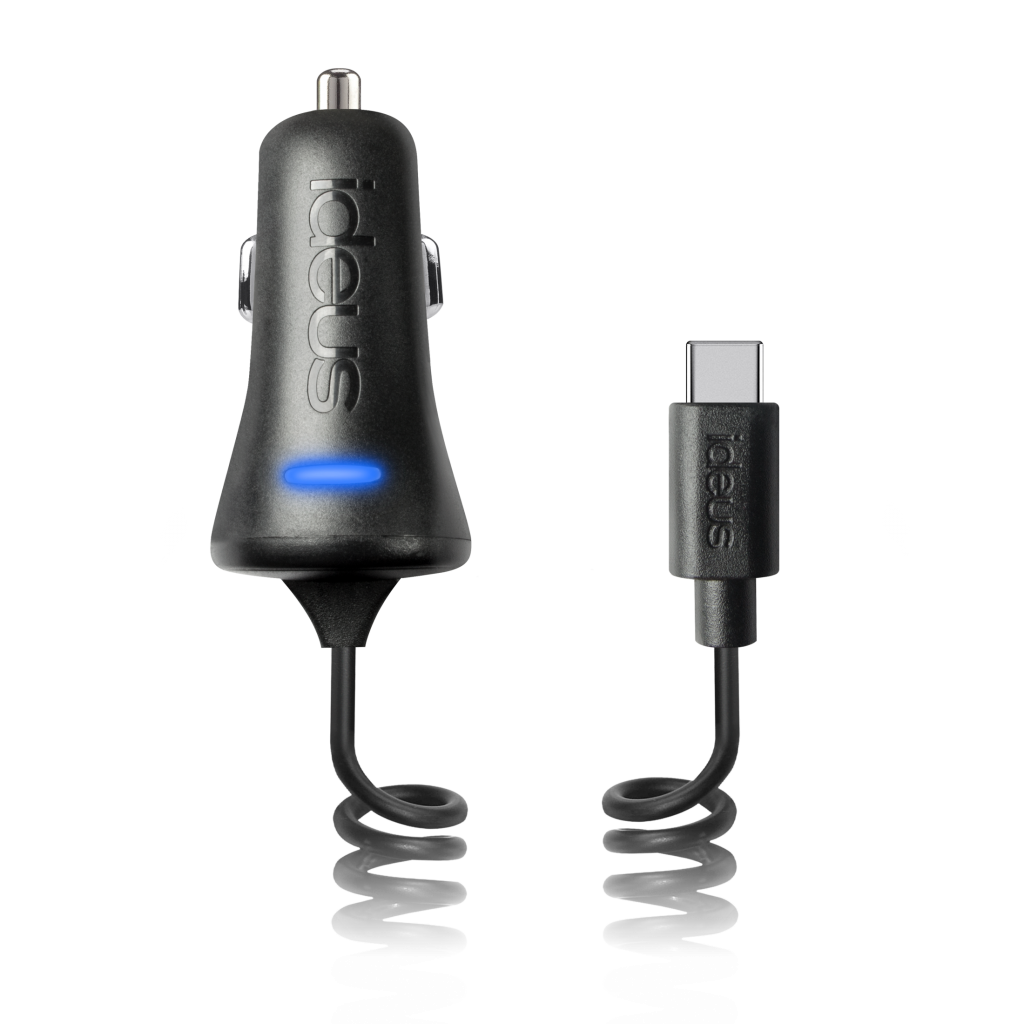
6. Chargers with high quality components and materials
Make sure that the charger is manufactured with components that guarantee a safe and reliable charge and that are long-lasting. Reinforced components, long-lasting outer casings, well-designed for an excellent user experience.
If these points are not watched carefully and quality is lowered, you may end up with a device that could cause a short-circuit or similar fault. We recommend you check that it is resistant and correctly assembled, just by examining it closely before buying it.
Watch out for cheap chargers:
Some generic chargers are so cheap because they do not have protective packaging or insulating components and, on the whole, they are manufactured using materials of dubious quality. Our colleagues from Xataka have already warned you about this in their article “If I were you, I wouldn’t buy cheap USB chargers”.
7. Charger protection
A good charger protects the device against fluctuations in the power supply and even protects against over-currents. Remember that during a storm it is normal for there to be voltage surges. If you do not have a charger that includes this protection, your devices may be at risk.
All chargers from the Ideus range protect against short-circuits and over-currents. That is, when the current exceeds a certain limit, the phone charger will automatically disconnect the circuit so that both the charger and the mobile phone are protected from “burning out” due to high current.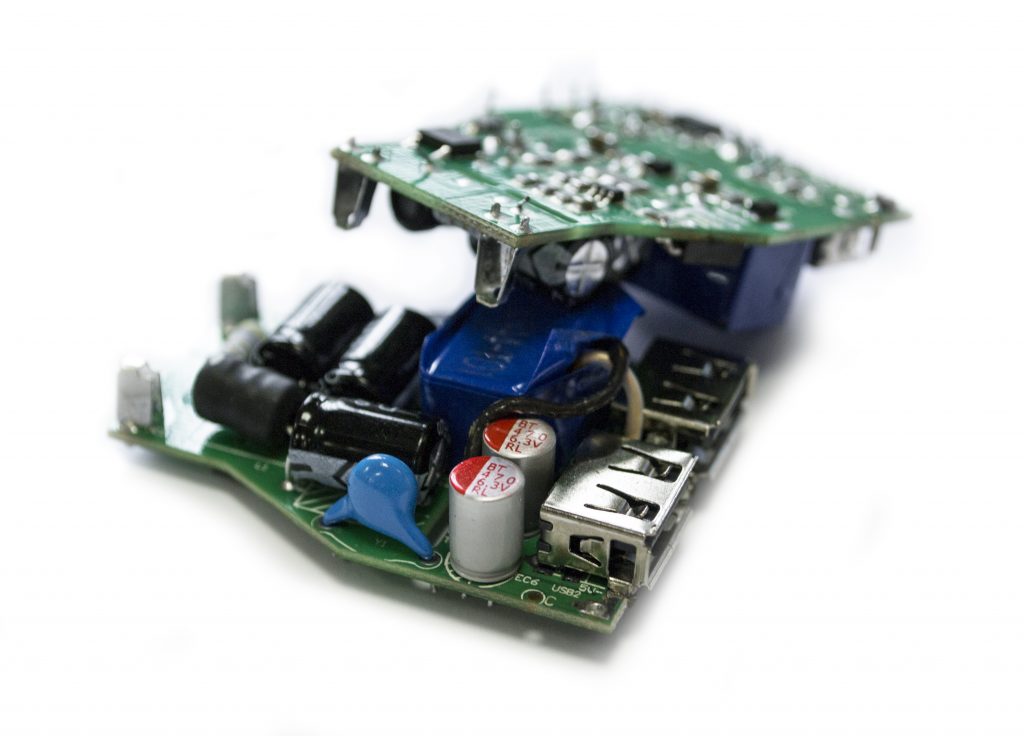
8. Chargers with compact designs
That the design of the charger is something that improves user experience is a fact of which you are well aware. When we refer to a careful design, we mean designs which save space and reduce the weight of the charger.
The chargers manufactured by Ideus have been deliberately designed for simple use and to allow them to be held and handled without problem. Based on a careful design to guarantee optimum user experience.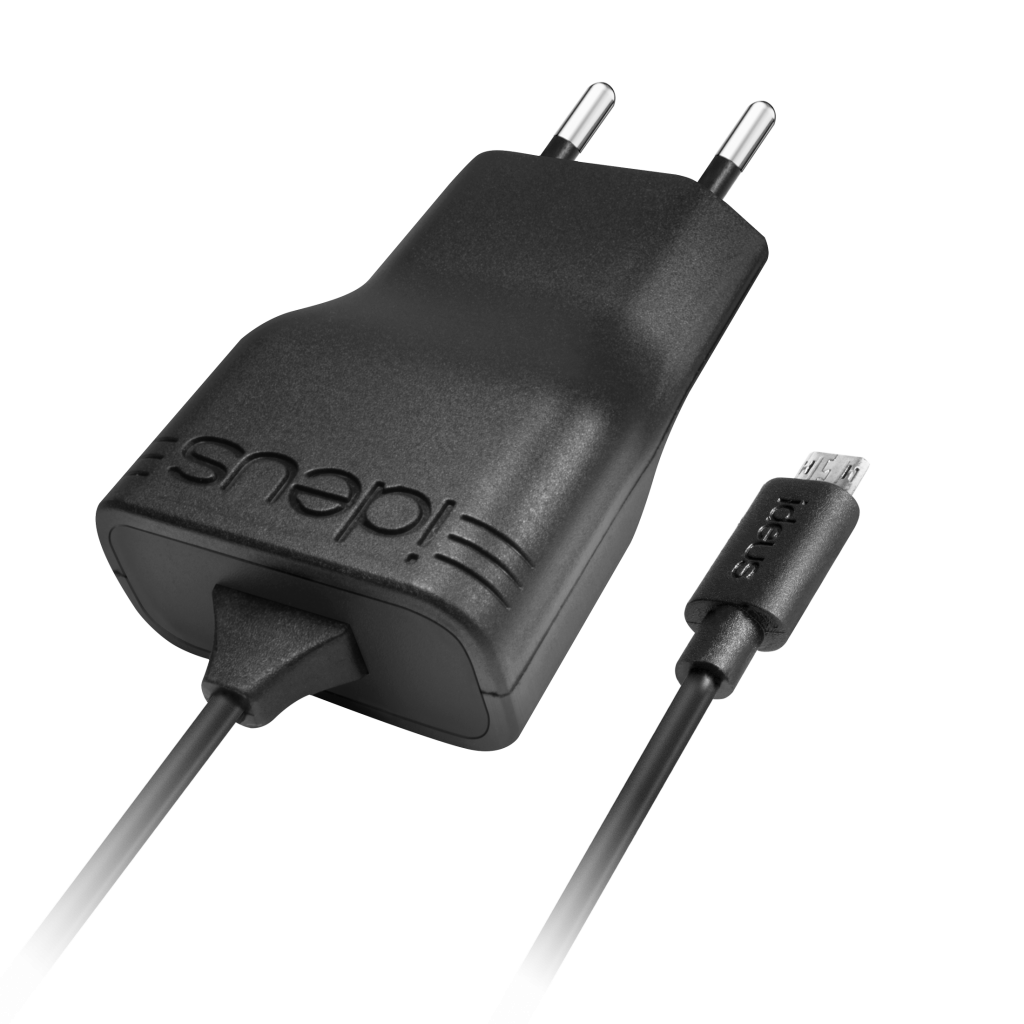
These are the most important features required of a charger. A good charger comes up with the promised goods. So, beware of generic chargers at very low prices. You are placing your mobile phone or tablet at risk. It is better to buy a charger that has been subjected to quality tests to guarantee safe charging.
For a quick look at the new range of Ideus chargers, follow this link.
